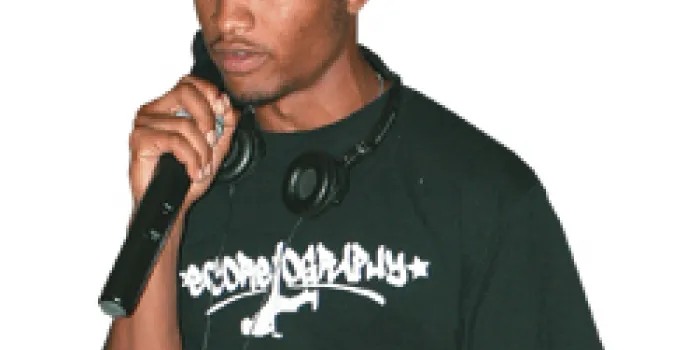In each issue of HemAware, we “Take 5” with people in the bleeding disorders community and spotlight their efforts with just five questions. Here, we talk with Jecorie Lyons, 23, a hip-hop dancer from Nashville, Tennessee, who has severe hemophilia A. He discusses his career, his appearance on America’s Best Dance Crew on MTV, and the importance of art and dance for kids with bleeding disorders.
How did you get interested in dance?
When I was in high school, I ran track, played basketball and played baseball. But when it came time to take a physical, I got cut from all of these teams because I have hemophilia and I was a big insurance liability. In fact, I got cut from all of them on the same day. I was out in the courtyard, and I saw about 30 girls walking into the gym. I thought, “I wonder what that is; it must be volleyball tryouts,” so I thought I’d go and watch. It turned out to be the school hip-hop dance group holding its auditions. Before that, I had never done anything like it. I had never taken a dance class, but I tried out and made it.
Is it difficult managing a bleeding disorder while dancing?
I have a motto: motion is lotion. When I’m not dancing, I have more bleeds than when I do dance. I try to stay on top of my normal regimen that I’ve worked out with my hemophilia treatment center (HTC). I’m very open and honest with my HTC as far as the movements I’m doing and how many shows I may have that month. The staff gives me a regimen, and I stick to it and it works. Staying physically fit has helped me a whole lot in preventing bleeds.
How did you get involved in America’s Best Dance Crew on MTV?
I’ve been dancing with the guy who was the choreographer for the Half Timers, the group I danced with in high school, for about eight years now. He and his crew, Southern Movement, had gotten a spot on America’s Best Dance Crew. They had an opening in the group, so I got to join. We lasted about four or five weeks. It was hard, and it was definitely interesting behind the scenes.
Tell us about the nonprofit you started, Thicker Than Water.
It’s a music- and arts-based program, a way to get the youth in our community exposed to dance and other arts. So far, we’ve been going to camps from here to California. The summer of 2010 we worked with NHF at the Inhibitor Summits in Boston and Houston. I really like our program because it’s very hands-on. We want to have a different message from the one kids might usually hear, which is: “Don’t play basketball. Don’t play baseball. You can’t do this.” Instead, we say, “Why don’t you try these dance moves and see how you do? Why don’t you try playing this drum?” I say to these kids, “I have severe hemophilia, and this is what I’m doing. And you can do it, too.”
Why do you think it’s important for kids in the bleeding disorders community to have exposure to the arts?
It’s made me who I am. A lot of schools are cutting their art, music and dance programs. The arts have been key in bringing people together for as long as people have been around—that’s true all over the world. Before football was around, people performed plays. They sang songs. They danced and played instruments. We may not all listen to the same song, but we all listen to music. I think it’s important to reiterate that, because everyone isn’t a football player, everyone isn’t a basketball player. Some of us are bleeders. There are some talented kids in our community, but unless they’re exposed to the arts and get a chance to try it, they’ll never know.

